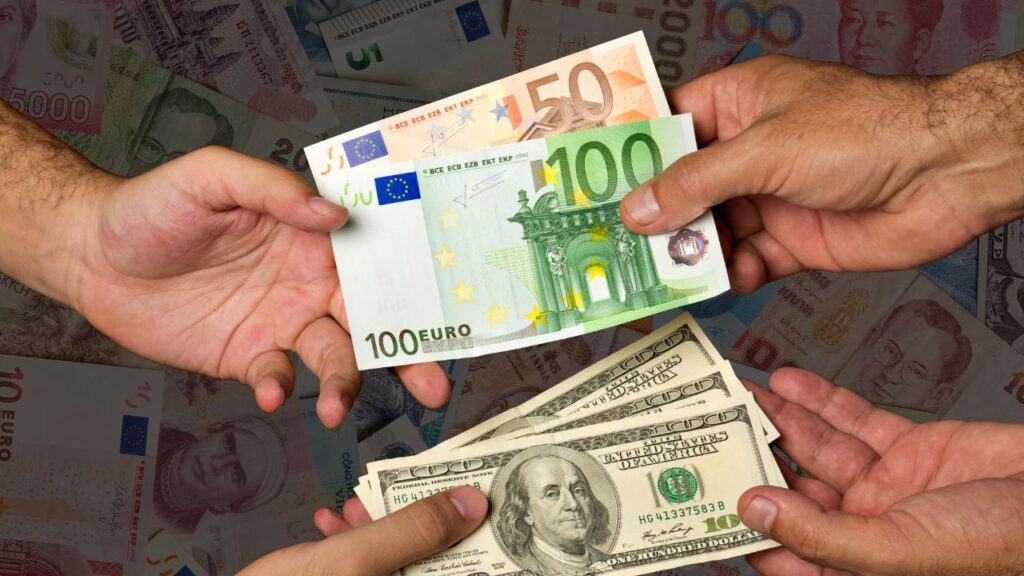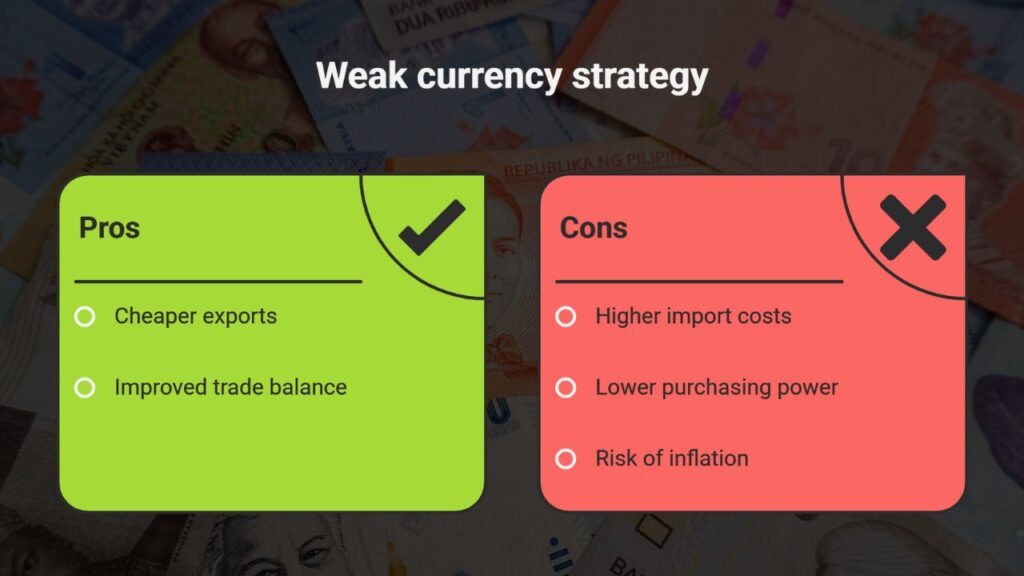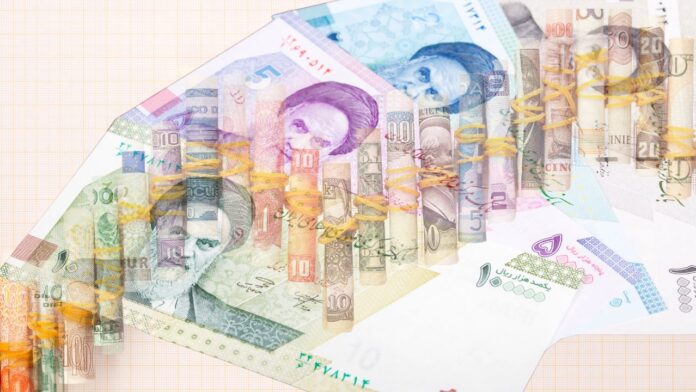In 2025, the global economy is still recovering from a series of shocks—the pandemic aftermath, inflation surges, regional conflicts, and political instability. As a result, some countries are grappling with declining currency values, which are a reflection of deeper economic problems.
But what exactly makes a currency “weak”? It’s not just about the exchange rate. A weak currency typically means that it takes a large amount of that currency to buy one U.S. dollar, often due to inflation, high debt, or lack of investor confidence.
This article takes you through the 20 weakest currencies in the world in 2025. We’ll explore why they are weak, how this impacts their economies, and what it means for people living there.
What Makes a Currency Weak?

A weak currency doesn’t always mean a weak country. But in most cases, several key factors contribute to low currency values:
- High Inflation: When prices rise rapidly, currency loses its value.
- Political Instability: Governments in crisis create economic uncertainty.
- Poor Trade Balance: If a country imports far more than it exports, demand for its currency drops.
- Low Foreign Exchange Reserves: A country with fewer reserves can’t stabilize its currency.
- Over-reliance on a Single Export: Countries dependent on oil or minerals often face currency issues when prices fall.
Strong vs Weak Currencies
|
Feature |
Strong Currency |
Weak Currency |
|
High demand internationally |
Yes |
No |
|
Stable economy |
Yes |
Often unstable |
|
Inflation rate |
Low |
High |
|
Reserves |
Large FX reserves |
Low or depleting reserves |
|
Exchange rate to USD |
Low (e.g., 1 USD = 0.75 EUR) |
High (e.g., 1 USD = 500,000 IRR) |
Top 20 Weakest Currencies by Value in 2025
List of Weakest Currencies in 2025
|
Rank |
Currency Name |
Country |
Value per USD (Aug 2025) |
Key Reason for Weakness |
|
1 |
Iranian Rial (IRR) |
Iran |
500,000 IRR |
Sanctions, inflation, political risk |
|
2 |
Lebanese Pound (LBP) |
Lebanon |
96,000 LBP |
Economic collapse, debt crisis |
|
3 |
Zimbabwean Dollar |
Zimbabwe |
22,000 ZWL |
Hyperinflation, unstable economy |
|
4 |
Venezuelan Bolívar |
Venezuela |
18,500 VES |
Political unrest, inflation |
|
5 |
Sierra Leonean Leone |
Sierra Leone |
17,000 SLL |
Redenomination effects |
|
6 |
Uzbekistani Som |
Uzbekistan |
12,450 UZS |
Trade imbalance |
|
7 |
Guinean Franc (GNF) |
Guinea |
9,750 GNF |
Weak fiscal policy |
|
8 |
Paraguayan Guarani |
Paraguay |
7,400 PYG |
External debt |
|
9 |
Congolese Franc (CDF) |
D.R. Congo |
6,850 CDF |
Conflict, poor reserves |
|
10 |
Lao Kip (LAK) |
Laos |
5,250 LAK |
Inflation and import dependence |
|
11 |
Cambodian Riel (KHR) |
Cambodia |
4,150 KHR |
Dollarized economy |
|
12 |
Indonesian Rupiah |
Indonesia |
15,250 IDR |
Large population, trade deficit |
|
13 |
Uzbekistani Somoni |
Tajikistan |
11,700 TJS |
Monetary instability |
|
14 |
Malawian Kwacha (MWK) |
Malawi |
2,300 MWK |
Inflation and policy issues |
|
15 |
Belarusian Ruble |
Belarus |
9,200 BYN |
Sanctions and dependence on Russia |
|
16 |
South Sudanese Pound |
South Sudan |
1,650 SSP |
Conflict and economic fragility |
|
17 |
Burundian Franc |
Burundi |
1,580 BIF |
Poor fiscal management |
|
18 |
Armenian Dram (AMD) |
Armenia |
960 AMD |
Limited external trade |
|
19 |
Myanmar Kyat (MMK) |
Myanmar |
2,100 MMK |
Military rule, isolation |
|
20 |
Vietnamese Dong (VND) |
Vietnam |
24,500 VND |
Export-driven strategy |
In-Depth Look at the 20 Weakest Currencies in 2025
1. Iranian Rial (IRR)
- Value per USD: 500,000 IRR
- Iran continues to struggle with international sanctions and runaway inflation. Despite efforts to stabilize the rial, political isolation and low oil exports have weakened the economy.
2. Lebanese Pound (LBP)
- Value per USD: 96,000 LBP
- Lebanon is facing an unprecedented economic crisis. Banking failures, political unrest, and mounting public debt have crashed the LBP’s value.
3. Zimbabwean Dollar (ZWL)
- Value per USD: 22,000 ZWL
- Zimbabwe has reintroduced its local currency several times, but hyperinflation remains a problem. Trust in the monetary system is low.
4. Venezuelan Bolívar (VES)
- Value per USD: 18,500 VES
- Years of political turmoil and economic mismanagement have left the bolívar practically worthless.
5. Sierra Leonean Leone (SLL)
- Value per USD: 17,000 SLL
- After redenominating its currency, the Leone continues to decline. Inflation and high poverty levels persist.
6. Uzbekistani Som (UZS)
- Value per USD: 12,450 UZS
- Despite some economic reforms, Uzbekistan’s som remains weak due to trade deficits and monetary issues.
7. Guinean Franc (GNF)
- Value per USD: 9,750 GNF
- Guinea has high inflation, low reserves, and dependence on commodity exports, which affects its currency stability.
8. Paraguayan Guarani (PYG)
- Value per USD: 7,400 PYG
- A mix of rising external debt and lack of diversification keeps the Guarani on the weaker side.
9. Congolese Franc (CDF)
- Value per USD: 6,850 CDF
- Political instability and poor infrastructure hold back the currency.
10. Lao Kip (LAK)
- Value per USD: 5,250 LAK
- Laos faces rising prices and a reliance on imports that weaken its local currency.
11. Cambodian Riel (KHR)
- Value per USD: 4,150 KHR
- Cambodia heavily uses the U.S. dollar in daily transactions, reducing demand for the Riel.
12. Indonesian Rupiah (IDR)
- Value per USD: 15,250 IDR
- While Indonesia’s economy is large, its currency is structurally weak due to its trade model and large population.
13. Tajikistani Somoni (TJS)
- Value per USD: 11,700 TJS
- Tajikistan is dependent on remittances, making its currency vulnerable to global fluctuations.
14. Malawian Kwacha (MWK)
- Value per USD: 2,300 MWK
- The country faces regular fiscal deficits and limited foreign investments.
15. Belarusian Ruble (BYN)
- Value per USD: 9,200 BYN
- Economic sanctions and political dependence on Russia hurt the ruble’s international standing.
16. South Sudanese Pound (SSP)
- Value per USD: 1,650 SSP
- Armed conflict and low development prevent currency growth.
17. Burundian Franc (BIF)
- Value per USD: 1,580 BIF
- Burundi’s economic output is low, and inflation continues to rise.
18. Armenian Dram (AMD)
- Value per USD: 960 AMD
- Though relatively stable, the AMD remains weak in global markets due to trade limitations.
19. Myanmar Kyat (MMK)
- Value per USD: 2,100 MMK
- Following a military coup and economic sanctions, Myanmar’s currency has collapsed.
20. Vietnamese Dong (VND)
- Value per USD: 24,500 VND
- Vietnam keeps the dong weak intentionally to support exports, not because of economic weakness.
Currency Depreciation Trends in 2025
Regional Breakdown
- Middle East: Iran and Lebanon dominate the list due to sanctions and economic crises.
- Africa: Zimbabwe, Sudan, and Sierra Leone reflect the ongoing struggles with inflation and post-conflict rebuilding.
- Asia: Many Asian currencies remain weak due to trade dependencies and controlled valuations.
- Latin America: Venezuela remains a key example of currency collapse due to mismanagement.
Is a Weak Currency Always Bad?

Not necessarily. Some countries intentionally keep their currency values low to encourage exports (like Vietnam). This helps foreign buyers get more value for money and boosts domestic manufacturing.
Pros:
- Makes exports cheaper
- Can improve trade balance
Cons:
- Increases import costs
- Reduces citizens’ purchasing power
- Can fuel inflation
Countries like Japan and China have used weak currency strategies successfully, but they also maintain strong monetary policies.
How These Currencies Compare to Strongest in 2025
Weakest vs Strongest Currencies in 2025
|
Currency |
Country |
Value per USD |
Global Rank |
Notes |
|
Iranian Rial |
Iran |
500,000 IRR |
1st Weakest |
Sanctions, inflation |
|
Vietnamese Dong |
Vietnam |
24,500 VND |
20th Weakest |
Policy-driven |
|
Kuwaiti Dinar |
Kuwait |
0.31 KWD |
1st Strongest |
Oil-backed, stable policies |
|
Bahraini Dinar |
Bahrain |
0.37 BHD |
2nd Strongest |
Oil-rich, pegged to USD |
|
Omani Rial |
Oman |
0.38 OMR |
3rd Strongest |
Controlled monetary policy |
Key Takeaways for Travelers and Investors
- Always check current exchange rates when traveling to countries with weak currencies.
- Currency weakness can affect the cost of living and doing business.
- Forex traders often watch these currencies for high volatility.
- Investors should be cautious and look for hedging opportunities.
CTA: Use trusted sources like XE or OANDA for up-to-date rates.
Takeaways
The world’s weakest currencies in 2025 reveal more than just numbers on a chart—they expose the vulnerabilities of economies facing inflation, debt, conflict, and instability. While some nations like Vietnam and Indonesia manage weak currencies strategically, others like Iran, Lebanon, and Zimbabwe continue to suffer from deeper systemic issues.
Understanding these trends can help travelers, investors, and economists better navigate a rapidly changing global financial landscape.


















![10 Countries With the Best Healthcare in the World [Statistical Analysis] Countries With the Best Healthcare in the World](https://articleify.com/wp-content/uploads/2025/07/Countries-With-the-Best-Healthcare-in-the-World-1-150x150.jpg)










